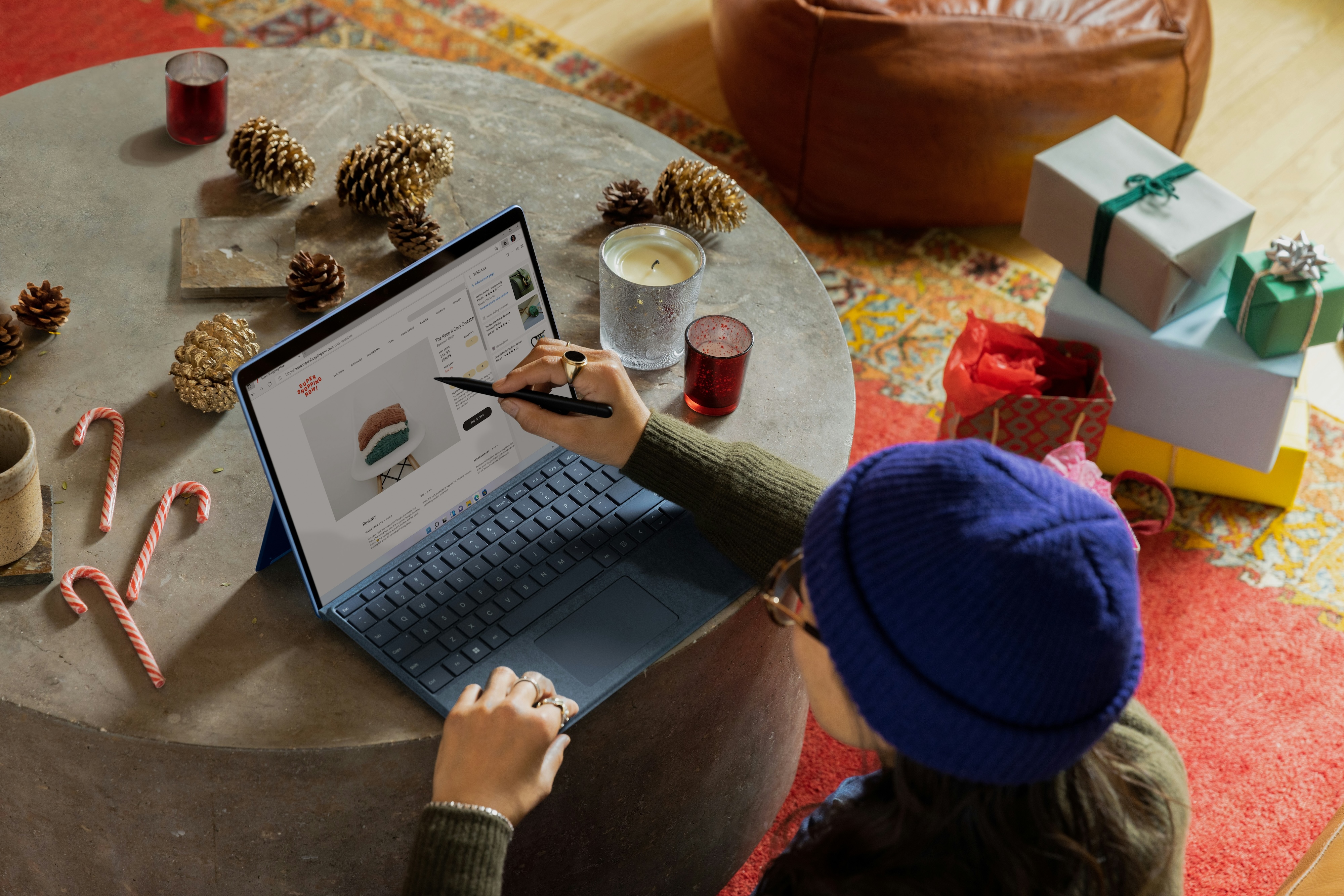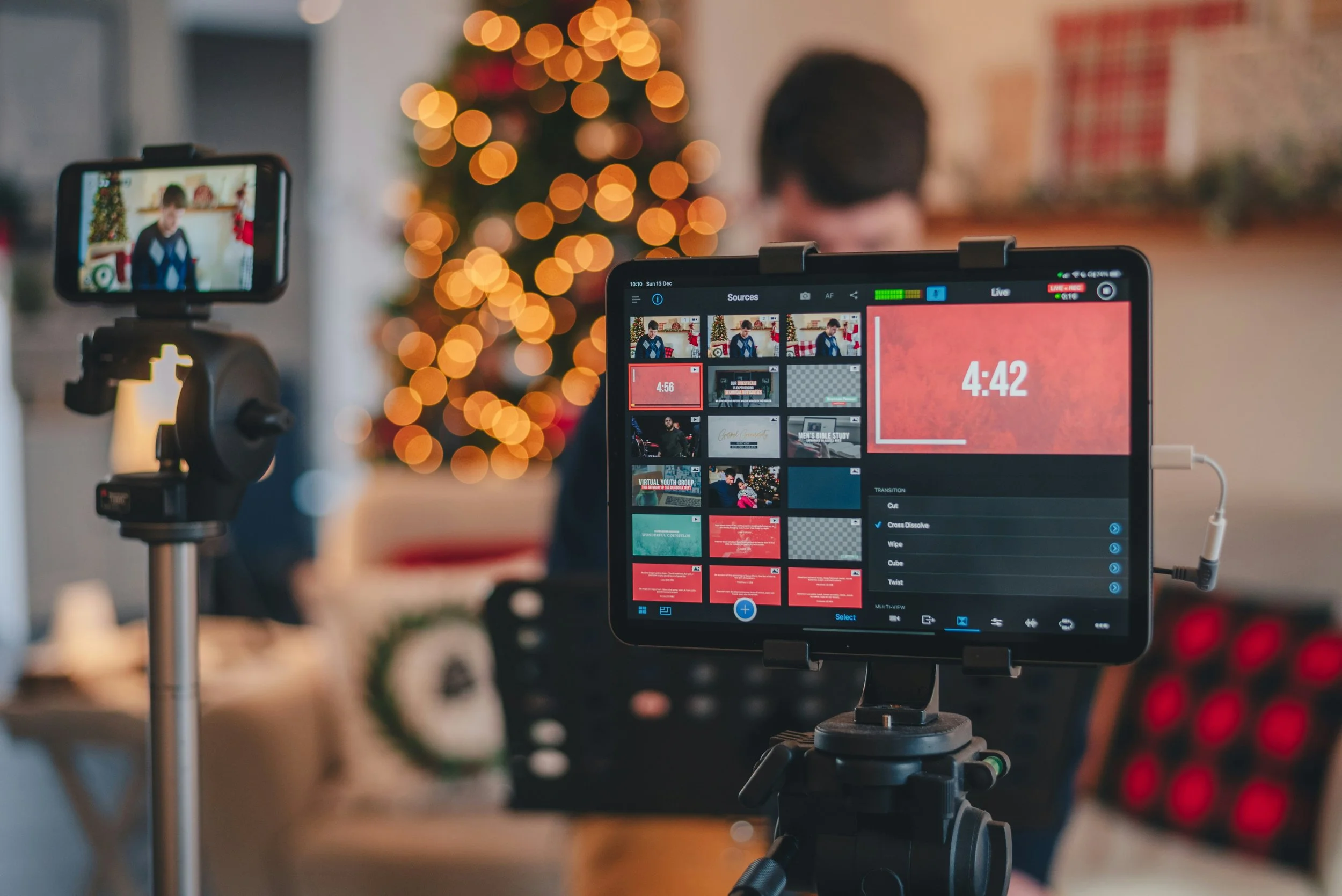Top Five E-Commerce Trends to Watch in Q4 2024: Asia’s Promotional Landscape

As Q4 2024 approaches, retailers across Asia are preparing for a surge in online shopping, driven by events such as Singles’ Day (11.11), Black Friday, and the general holiday season. With the increasing dominance of e-commerce, businesses, both large and small, are focusing on the latest trends to ensure they stay competitive in this high-stakes quarter. From social commerce and livestream shopping to eco-conscious promotions, understanding and leveraging these trends will be key to capitalising on the region’s booming digital marketplace.
This article will explore the top five e-commerce trends to watch in Q4 2024 and how both large retailers and small businesses can navigate Asia’s promotional landscape to maximise sales.
Social Commerce & Livestream Shopping on the Rise
In Asia, Meta’s livestream shopping features, particularly through Facebook Live and Instagram Live, are transforming the way consumers discover and purchase products. These platforms have evolved into powerful tools for e-commerce, allowing brands, big and small to engage their audiences in real-time, creating immersive shopping experiences. The trend is gaining traction as consumers in the region increasingly prefer interactive, mobile-first shopping.

Meta Livestream's Impact
Asia’s e-commerce landscape is highly mobile-driven, with a growing number of consumers shopping directly through social platforms. According to Statista, over 70% of online shopping in the region is done via mobile devices, making Facebook and Instagram perfect platforms for retailers to reach this audience. The cultural preference for real-time interaction is also fueling the rise of livestream shopping, where consumers can ask questions, watch product demonstrations, and make purchases in one seamless experience.
In 2023, Sephora Singapore capitalised on Instagram Live during the 11.11 sale by partnering with beauty influencers to showcase their holiday collection. The influencers hosted live product demonstrations, answered questions from viewers, and offered limited-time discounts. Sephora’s use of Instagram’s shopping tag feature allowed viewers to purchase directly from the livestream, resulting in a 30% increase in online sales compared to previous campaigns. The combination of real-time engagement, influencer partnerships, and exclusive deals helped Sephora cut through the noise during one of the most competitive shopping seasons.
Large Retailers Leveraging Meta Livestream
Large retailers like Nike and Sephora in Hong Kong are using Facebook Live and Instagram Live to drive real-time sales by showcasing new product launches and offering exclusive discounts. For instance, during the 11.11 mega sale in 2023, Nike partnered with influencers and hosted several Instagram Live sessions to introduce limited-edition products. These livestreams featured product demonstrations, real-time audience Q&A, and time-sensitive offers, which created urgency and boosted conversions. The interactive format also allowed Nike to deliver a more personalised shopping experience, connecting with thousands of viewers in real-time.
Opportunities for Small Retailers
While large retailers like Sephora have the resources for polished, large-scale livestreams, smaller businesses are also thriving by leveraging Meta platforms.Smaller retailers are also finding success on Meta’s livestream platforms. Local beauty brands and independent sellers in markets like Thailand, Vietnam, and Hong Kong are using Facebook Live to engage with their niche audiences. Unlike big-budget productions, these businesses conduct more informal, personal live streams that emphasise direct interaction. For example, a small retailer in Thailand selling handmade jewellery might collaborate with a local influencer to host a Facebook Live event, where they demonstrate their products and respond to viewer questions in real time. This approach fosters a more personal connection, which builds trust and loyalty, even without the massive budgets of larger brands.
Mega Sales Events Dominate Q4 Promotions
Mega sales events—particularly Singles’ Day (11.11), Black Friday, and Cyber Monday—have become the biggest drivers of e-commerce sales in Asia, making Q4 the most competitive period of the year for online retailers. In 2023, Singles’ Day generated over $140 billion in sales globally, with the majority of purchases made within China. For retailers, the challenge isn’t just about offering discounts, but also about cutting through the noise.
Highly Competitive Season: Cutting Through the Noise
While mega sales events present significant opportunities, they also create a cluttered marketplace where every retailer is fighting for consumer attention. Here are some strategies to stand out:
- Partnerships and Collaborations: Collaborating with key opinion leaders (KOLs), influencers, or even publishers can help brands reach new audiences. By partnering with popular influencers on platforms like TikTok, YouTube, or WeChat, brands can add authenticity to their promotions and appeal to different consumer segments.
- Limited Edition and Exclusivity: Offering limited-edition products or exclusive collaborations during sales events is another effective way to differentiate your brand. Adidas, for example, has used influencer collaborations to release special collections during Black Friday, drawing attention to their brand and driving sales.
For smaller retailers, collaboration with micro-influencers or partnering with other small brands for cross-promotions can generate excitement and broaden reach without the massive budgets of larger brands.
Buy Now, Pay Later (BNPL) Continues To Gain Traction
As consumers seek more flexible payment options, Buy Now, Pay Later (BNPL) services have become an integral part of the e-commerce experience. According to Worldpay’s 2024 Global Payments Report, BNPL transactions are expected to grow by 19% globally, with Asia-Pacific being one of the fastest-growing markets for these services.

Expected Trends for Q4 2024
The popularity of BNPL services such as Atome, Klarna, and Afterpay is driven by younger consumers who prefer to manage their finances by breaking down large purchases into smaller, interest-free payments. This method is particularly popular during high-spend periods like Singles’ Day and Black Friday.
For both large and small retailers, integrating BNPL options can increase average order values (AOV) and drive conversion rates, especially for big-ticket items such as electronics or luxury fashion. Small businesses that offer BNPL services can compete with larger players by making their products more affordable for consumers who are budget-conscious but still want to participate in mega sales events.
Leverage Data and AI for Personalisation
As more consumers shop online, businesses have access to vast amounts of data that can be used to create personalised shopping experiences. This is particularly important in Q4, when shoppers are making decisions based on previous browsing behaviours, wish lists, and items left in shopping carts. Leveraging AI-powered tools can help retailers craft personalised messages, recommend relevant products, and even offer dynamic pricing based on consumer profiles.

Prepping for Mega Sales: Early Basket Additions
In the lead-up to mega sales events like Singles’ Day and Black Friday, consumers are already planning their purchases, often adding items to their baskets weeks in advance. Retailers that use data analytics to track these behaviours can gain valuable insights into what their customers are most interested in and tailor their promotions accordingly.
Case Study: Amazon uses AI to analyse customer behaviour and recommend products based on individual preferences. By offering personalised deals before mega sales events, Amazon ensures its promotions resonate with each customer, increasing conversion rates.
Web Inclusivity and Mobile Apps
While large retailers have the resources to develop personalised mobile apps, small businesses can still offer tailored experiences through personalised email marketing and AI-driven web recommendations. Implementing tools that allow for personalised messaging based on browsing history or previous purchases can significantly improve engagement, even for businesses without dedicated apps.
Eco-Conscious Promotions, Sustainability Discounts & CSR
In 2024, consumers are more eco-conscious than ever before, and this shift is influencing purchasing decisions. As a result, brands that prioritise sustainability and promote eco-friendly initiatives are more likely to attract environmentally aware shoppers.
An Edge Through Eco-Conscious Promotions
While large retailers like Patagonia have long championed sustainability, small businesses can use eco-conscious promotions to carve out a niche. For example, smaller retailers can introduce buyback programs (where customers can return used products in exchange for store credit or discounts) or offer sustainable packaging as a point of differentiation.
Case Study: A smaller brand like Organic Basics, which specialises in sustainable fashion, promotes its eco-conscious values through discounts tied to eco-friendly initiatives, such as offering customers discounts when they choose low-impact shipping options or make purchases during eco-awareness events. This not only resonates with environmentally conscious consumers but also builds brand loyalty.
Partnering with charities or running cause-based marketing campaigns that donate a portion of sales to environmental organisations can also help small retailers build emotional connections with their customers, fostering long-term loyalty.
Conclusion
Q4 2024 is shaping up to be one of the most dynamic periods for e-commerce in Asia, with trends like social commerce, mega sales events, and eco-conscious promotions driving consumer behaviour. Both large retailers and small businesses must be strategic in how they approach this season, leveraging trends such as BNPL, livestream shopping, and AI-driven personalisation to maximise their potential.
While larger companies may have more resources to dominate mega sales events, smaller retailers can use targeted strategies, like collaborations with influencers, eco-conscious promotions, and personalised messaging, to compete effectively. In the highly competitive landscape of this quarter, those who adapt to these trends and understand their customers’ evolving preferences will stand to benefit the most.
Stay ahead of the competition this Q4! Contact us at contact@quokkamedia.io to learn more.
Let us help your scale with confidence.
